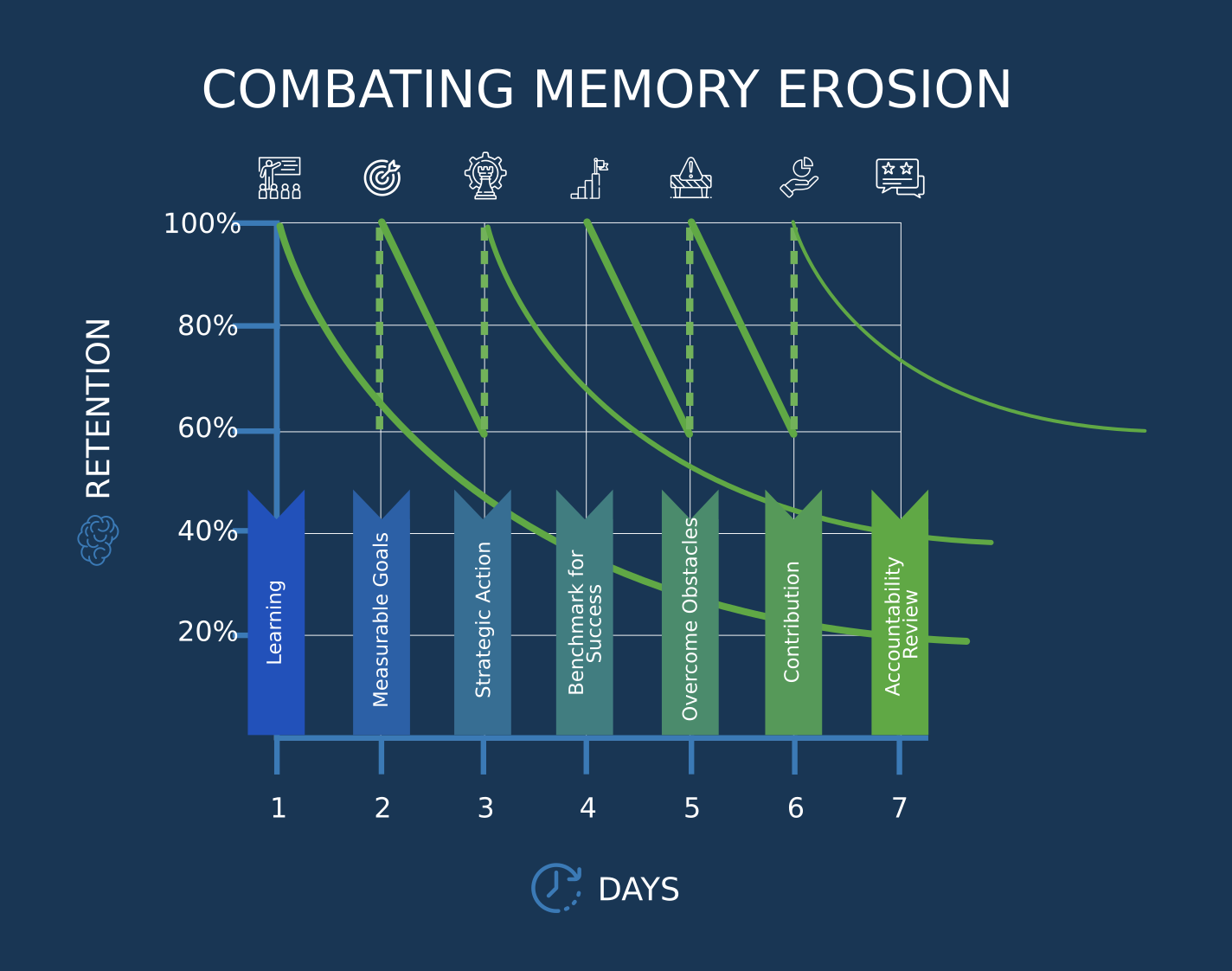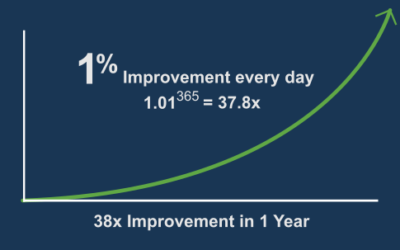
Introduction
Forgetting can be a frustrating experience, particularly when we’re striving to acquire new skills or absorb essential information. The frustration of not being able to recall necessary knowledge can dent our confidence, lead to missed opportunities, and result in costly errors. However, understanding why we forget is the first step in preventing it and ensuring that what we learn stays with us.
In this article, we’ll delve into the fascinating concept of the Forgetting Curve. This enduring model offers insight into how memories tend to fade over time and provides practical strategies to fortify our learning. As we explore this topic, we’ll draw upon reputable sources to illuminate the science behind the Forgetting Curve and unveil practical techniques to enhance our memory.
Unveiling the Forgetting Curve
Our journey starts with the pioneering work of German psychologist Hermann Ebbinghaus, who, more than a century ago, sought to uncover the mysteries of memory. His research led to the creation of the Forgetting Curve—a visual representation of how learned information diminishes over time. Through a series of experiments involving nonsense syllables, Ebbinghaus uncovered key insights about memory:
- Memories naturally weaken over time, diminishing as hours, days, and weeks pass.
- The most significant drop in retention occurs shortly after learning, highlighting the importance of regular reviews and reinforcement.
- The meaning and organization of information significantly influence memory retention.
- The presentation of information can either enhance or diminish its memorability.
- Physiological factors, such as stress and sleep, play crucial roles in memory retention.
The Significance of Memory
Memory is fundamental to our survival. Our brains excel at storing information that safeguards us from physical or psychological harm. We’re particularly adept at recalling details vital for our well-being, such as foods to avoid, safe pathways, and important individuals in our lives. Additionally, our memories tend to favor experiences that trigger strong emotions, like surprise, fear, success, or relief.
However, these innate memory mechanisms can pose challenges when it comes to retaining information we consciously want to learn. This is where the Forgetting Curve steps in, revealing how learned information fades over time unless we take action to prevent it from vanishing.
Strategies to Strengthen Memory
Although Ebbinghaus’s findings may seem daunting at first, they offer a ray of hope. The research highlights several strategies that can be employed to retain information for longer periods.
- Spaced Learning: By reviewing information at specific intervals on the Forgetting Curve, we can slow down the rate at which we forget, making the information more enduring.
- Overlearning: Putting in extra effort when learning something can significantly improve retention and mitigate the steep drop seen on the Forgetting Curve.
- Making Information Meaningful: Clarifying and giving purpose to the material we want to learn can prompt our memory to prioritize it.
- Challenging Your Memory: When we detect gaps in our memory, it’s the most productive time to stretch our recall. Learning at this stage can be particularly effective.
Through practical application of these strategies, we can ensure that the knowledge we acquire remains firmly in our memory, allowing us to recall it effectively in the long term.
Conclusion
The Forgetting Curve provides us with a valuable framework for understanding the mechanics of memory and how it evolves over time. By embracing the knowledge derived from this century-old model, we equip ourselves with tools to strengthen our memory and reinforce our learning.
As we navigate the intricacies of the Forgetting Curve and apply its principles, we’ll discover a renewed sense of control over our memory, ensuring that what we learn endures, benefits us, and enriches our lives.





0 Comments